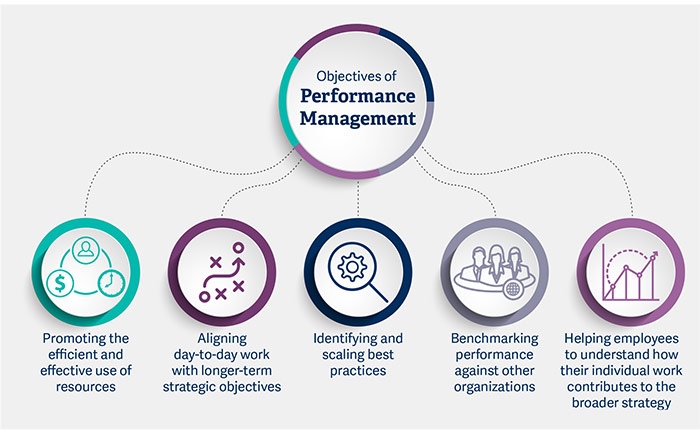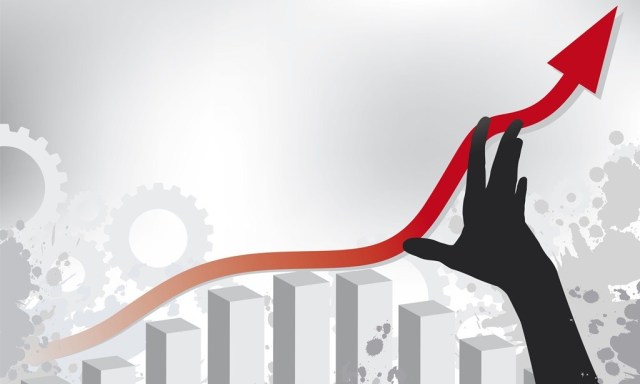Measurement of Leadership Performance
This article Measurement of Leadership Performance consists of 5 pages and 1000 words. In order to have full access to this article, email us at thedocumentco@hotmail.co.uk
Ref No: 3473

Methods To Assess Leadership Effectiveness/ Efficiency
A leader just doesn’t get things done, he inspires and motivates other to work collectively towards obtaining and achieving the organizational goals. The leader needs to be efficient along with being effective.
The effective leadership means that the leader has the skill sot accomplish the objectives of the organization and is able to produce the expected results for the organization. Where as, being efficient means that the leader is able to perform or function with regards to the best practices in a way that there is least wastage of time and efforts for the organization as a whole.
There are a number of ways that are used by the organizations to measure the effectiveness and efficiency of the leaders. These tools and models include:
- Multifactor Leadership Questionnaire (MLQ). The model was proposed by Bass and Avolio in 1985. This instrument is used to measure the effectiveness of transformational and transactional leadership. MLQ is a 360-degree survey measurement. Where respondents from the upper level, lower level, and same level are asked to assess the leadership traits. It is an excellent tool for professional and personal development. (Rowold, 2005)
- Transformational Leadership Questionnaire: TLQ was proposed in by B.M. Bass. The TLQ measures the different aspects of transformational leadership. This tool is also used for measure the effectiveness of the leadership. (Alban Metcalfe & Alimo Metcalfe, 2000)
- Transformational Leadership Behavior Inventory(TLI): it was proposed in the year 1990 by Padsakoff, MacKenzie, Moorman, and Fetter. This instrument measures the efficiency of the leader to motivate the employees towards achieving the organizational behavior and goals. (Connell, 2005)
- Global Transformational Leadership Scale (GTL): proposed by Carless, Wearing & Mann in the year 2000 the model to measure the effectiveness of the leadership. This model measures the single construct regarding leadership and the results obtain from it are reliable and satisfactory. ( Careless, Wearing & Mann, 20000.
Along with these some of the majorly used models to measure the leadership efficiency and effectiveness include the following:
- Leadership Practices Inventory(LPI) for measuring efficiency of leadership
- Leader Attribute Inventory(LAI), for measuring the effectiveness of the leader.
- CK Scale of Charismatic Leadership for measuring the leadership’s effectiveness
- Collaborative Leadership Self-Assessment Questionnaire used to measure both effectiveness and efficiency of the leader.
- Leadership Traits Questionnaire (LTQ) for measuring leadership effectiveness.
- Team Leadership Survey for measuring the efficiency of leadership
For the purpose of assessing my selected leader, we will use the collaborative leadership assessment questionnaire, where the efficiency and effectiveness both will be measured by using one model. Warren has been an inspiring leader born with all the traits of a good leader and therefore,, it was under his supervision that the Berkshire reached the nights of success. his contributions analyzed with the help of our selected model are as follow:
Factual Contributions of Warren Edward
It was under his leadership of Warren that a small textile company converted to a holding company which also includes the insurance company National Indemnity Co. Measurement of Leadership Performance which was purchased by him in 1967 at an amount of $ 8.6 million.
It was because of his hard work and leadership commitment that Berkshire’s value increased exponentially in the year 1969 when previously it was only half a million and through his focus and time its value increased to $104 million.
He kept on adding new companies to Berkshire’s holdings resulting in an enormous increase in the value of its share which was $ 7.60 a share in the year 1962 and it increased to $95 a share in the year 1976. His contributions do not end here, and again in 1970, he owned a newspaper for Berkshire by being Washington’s post’s largest shareholder. (Warren Biography, 2007)
Explaining Leadership
Leadership is a broader term, which includes the skills of a manager along with some charismatic and inborn skills of the leadership. Leaders only get things done by their subordinates but also keeps on motivating their subordinates and make sure that they are satisfied with their work.
Effective and efficient leaders are the reason for the success of any organization as they set examples for others in the organization to follow and work collectively in achieving the organizational goals and objectives. This is what Warren Edward did, although he was a charismatic leader who had inborn qualities and traits of a leader he aimed high and set examples for his subordinates to excel in the market…..


Recent Comments